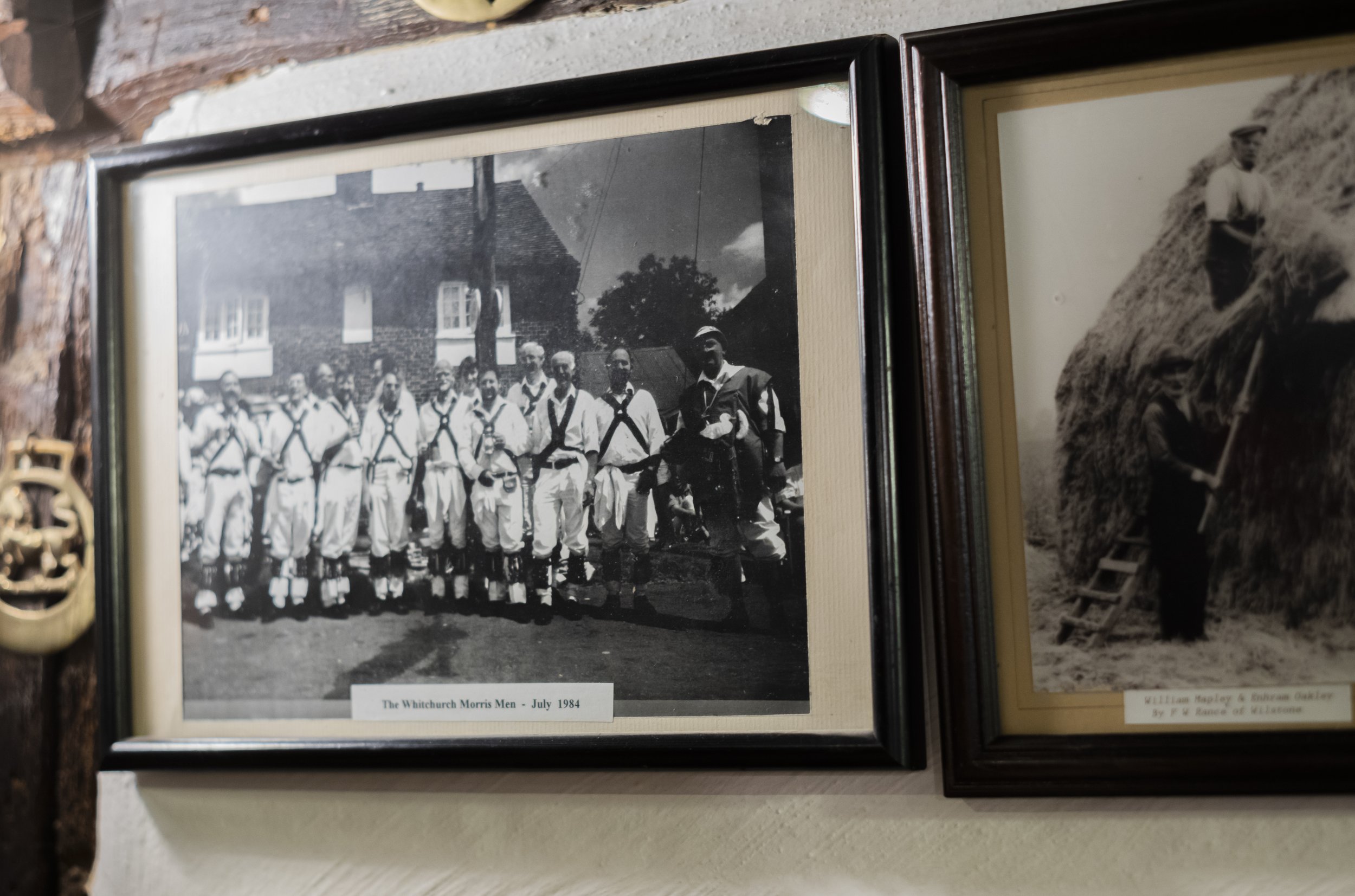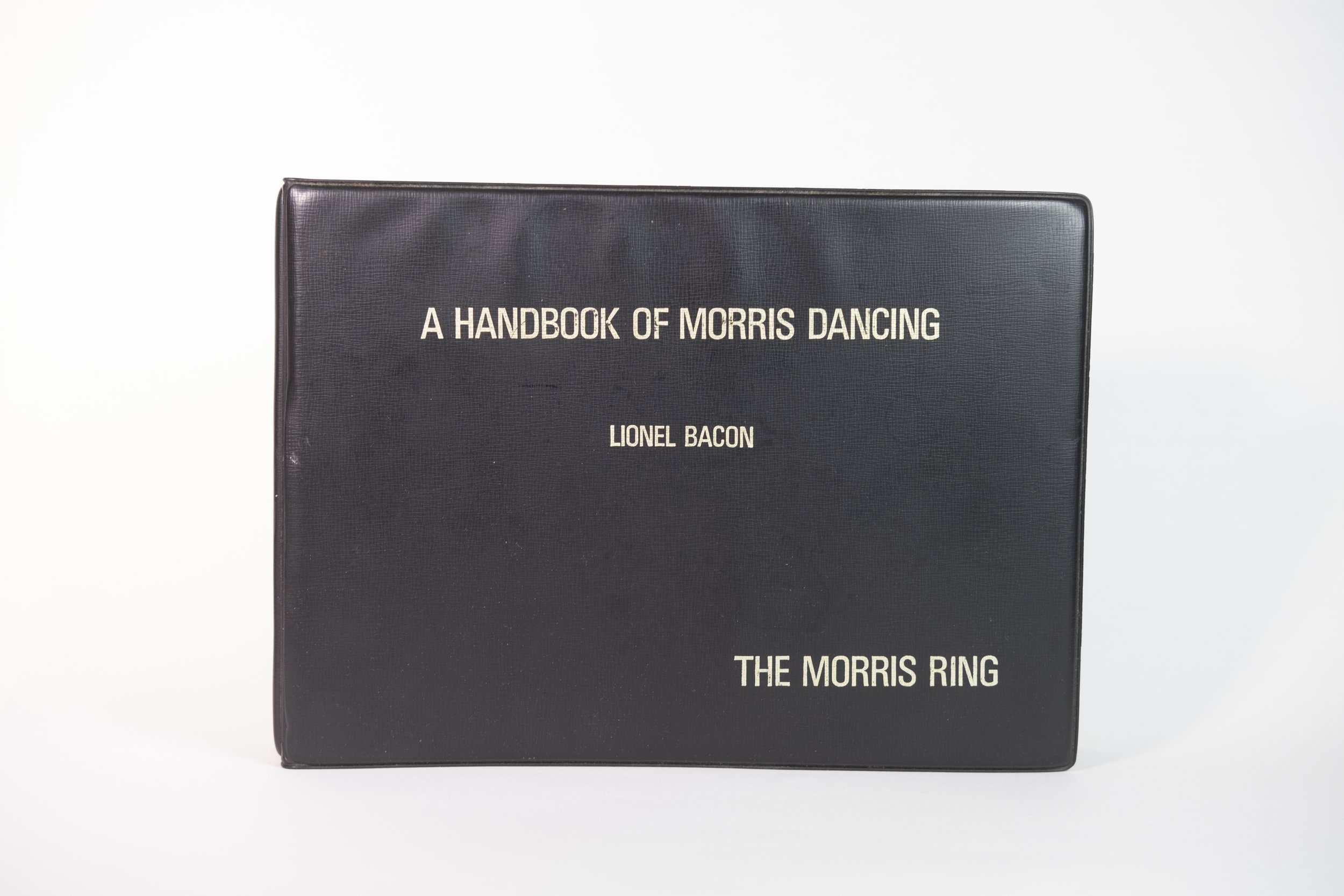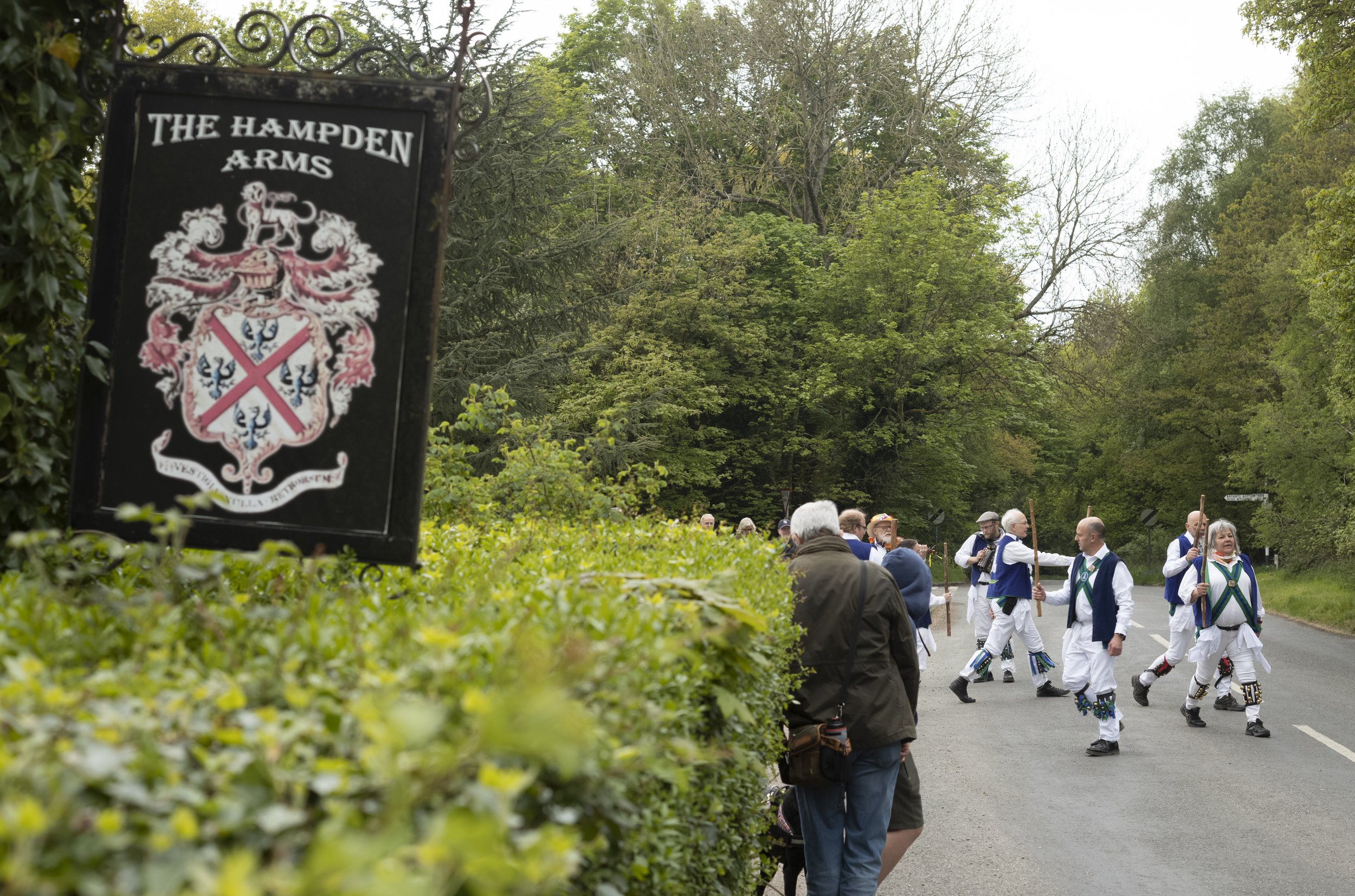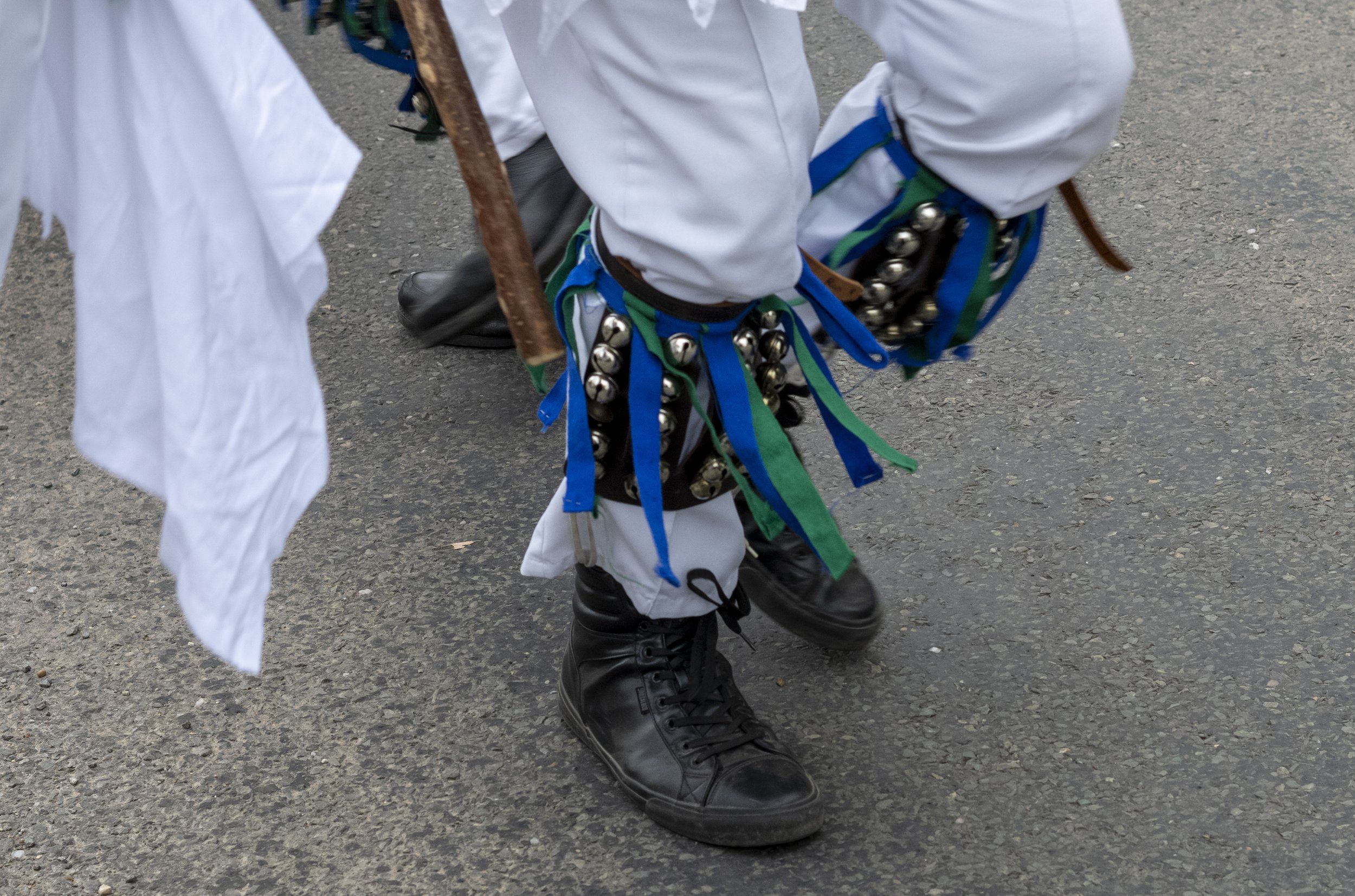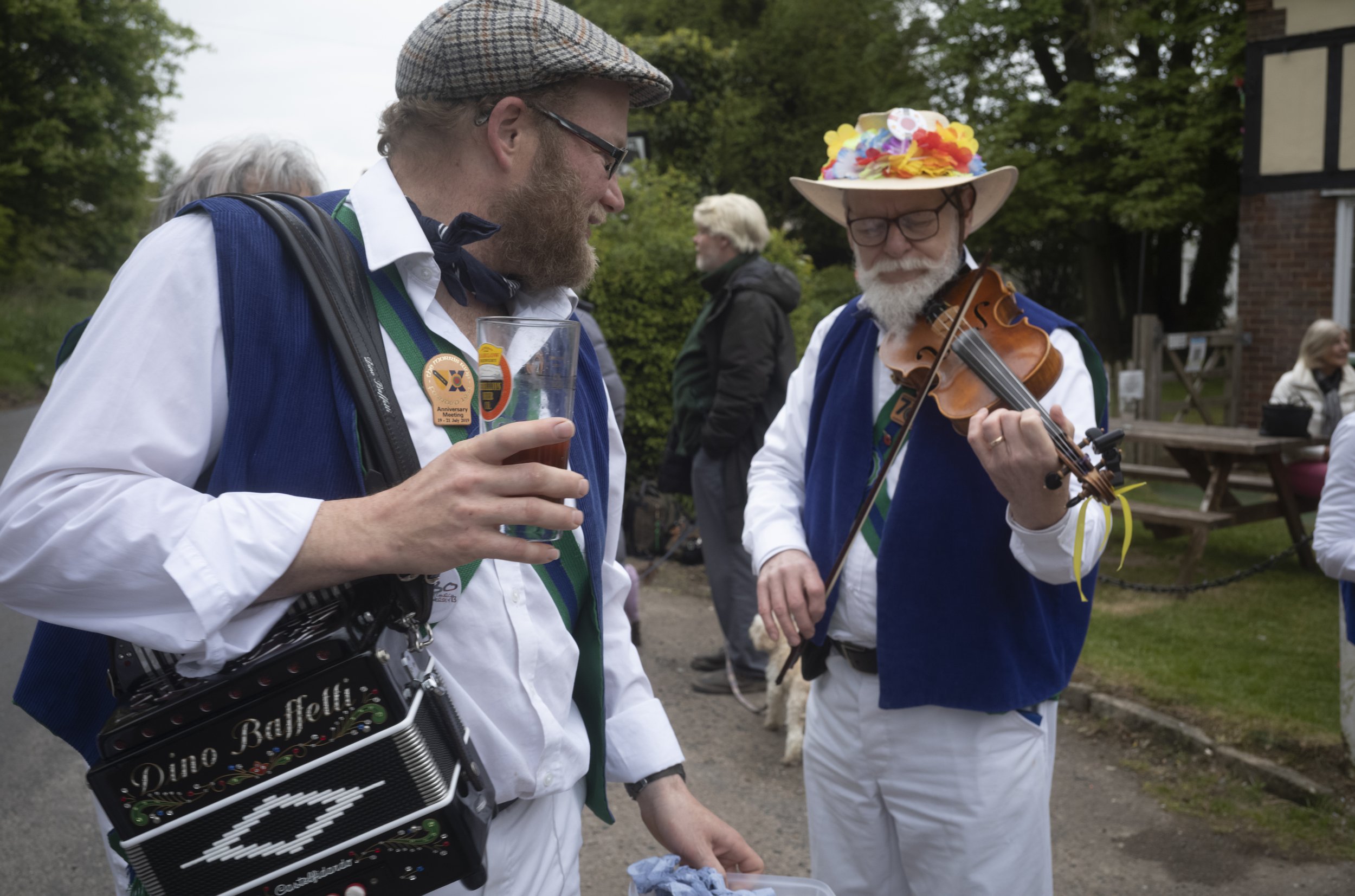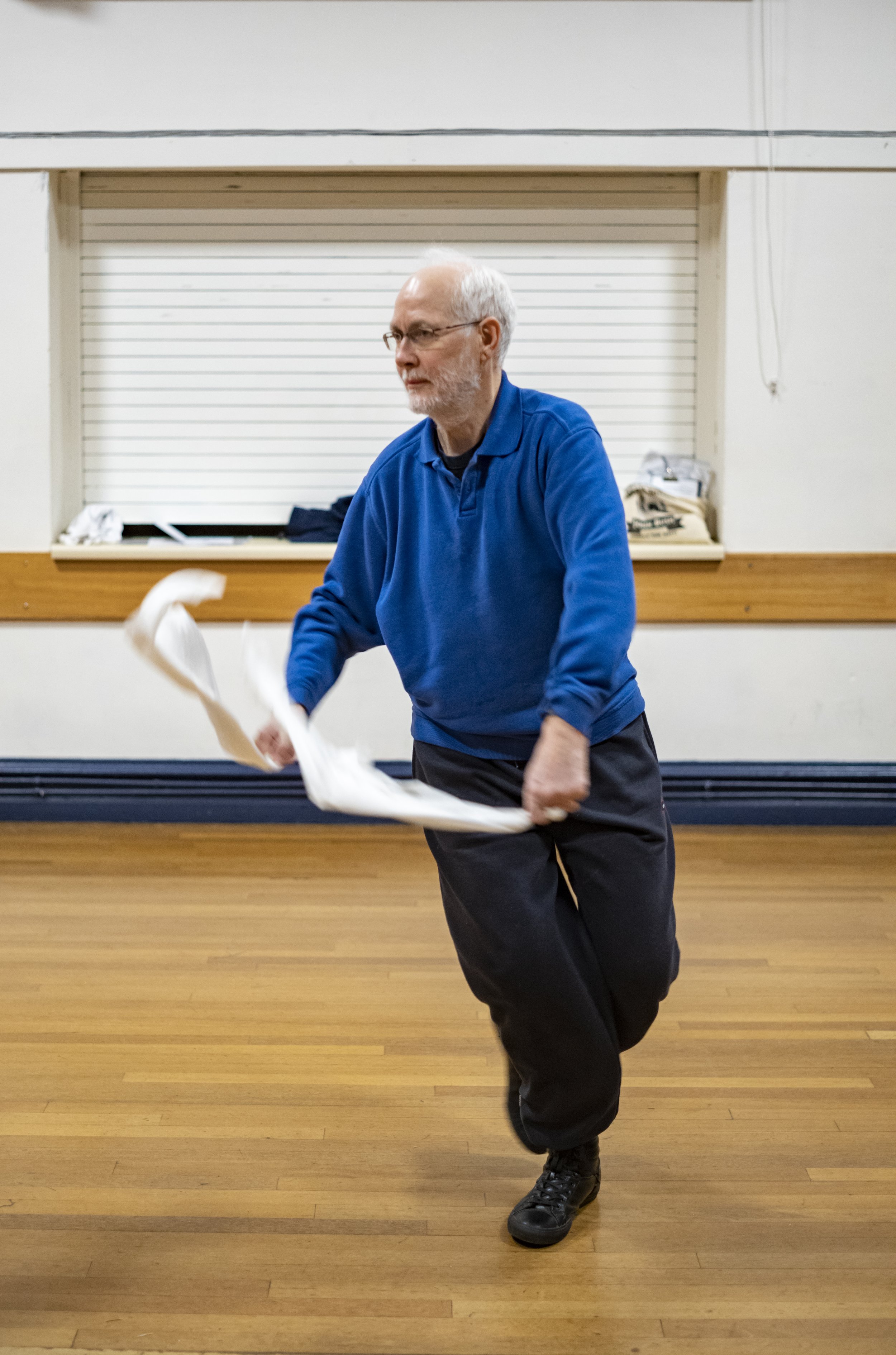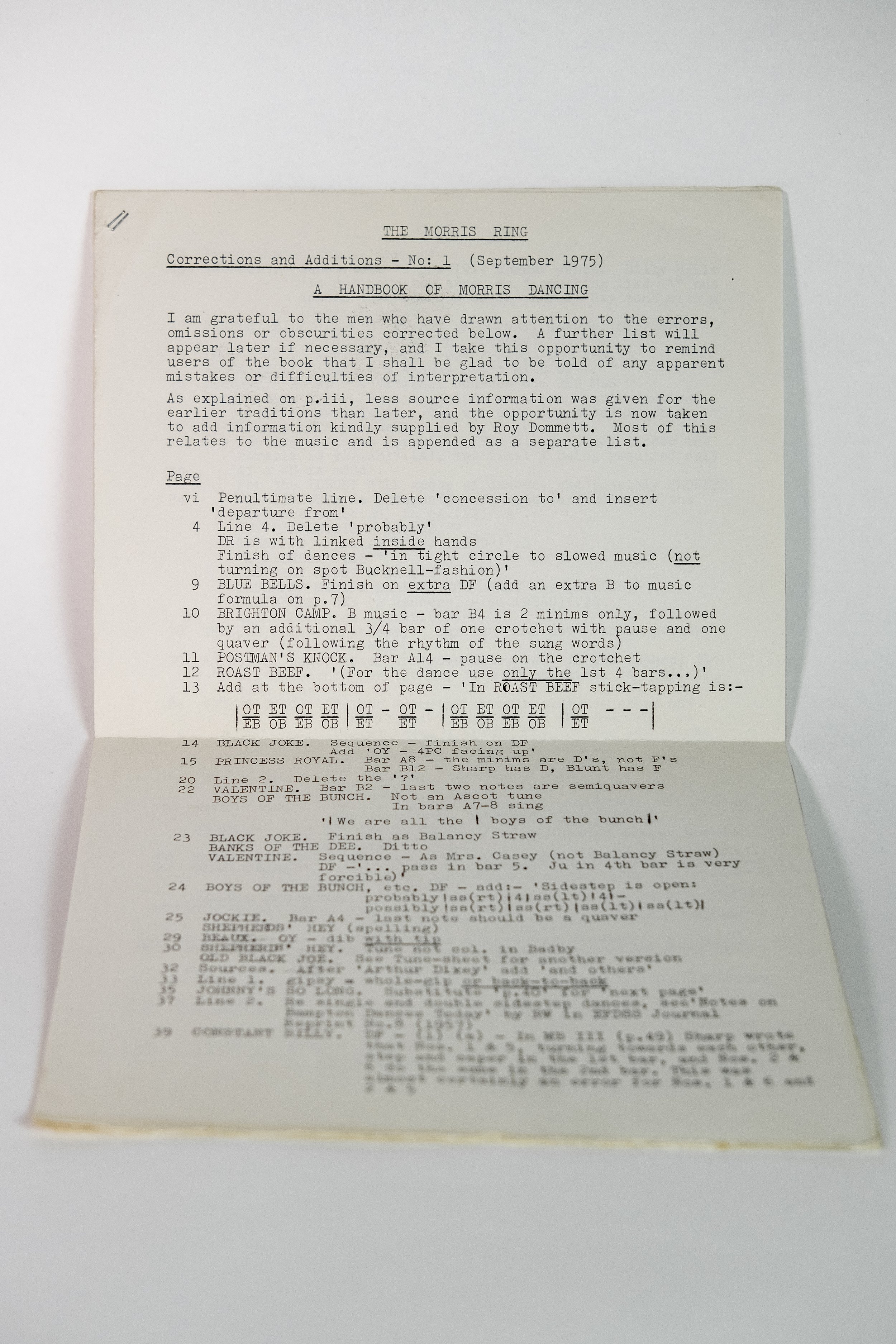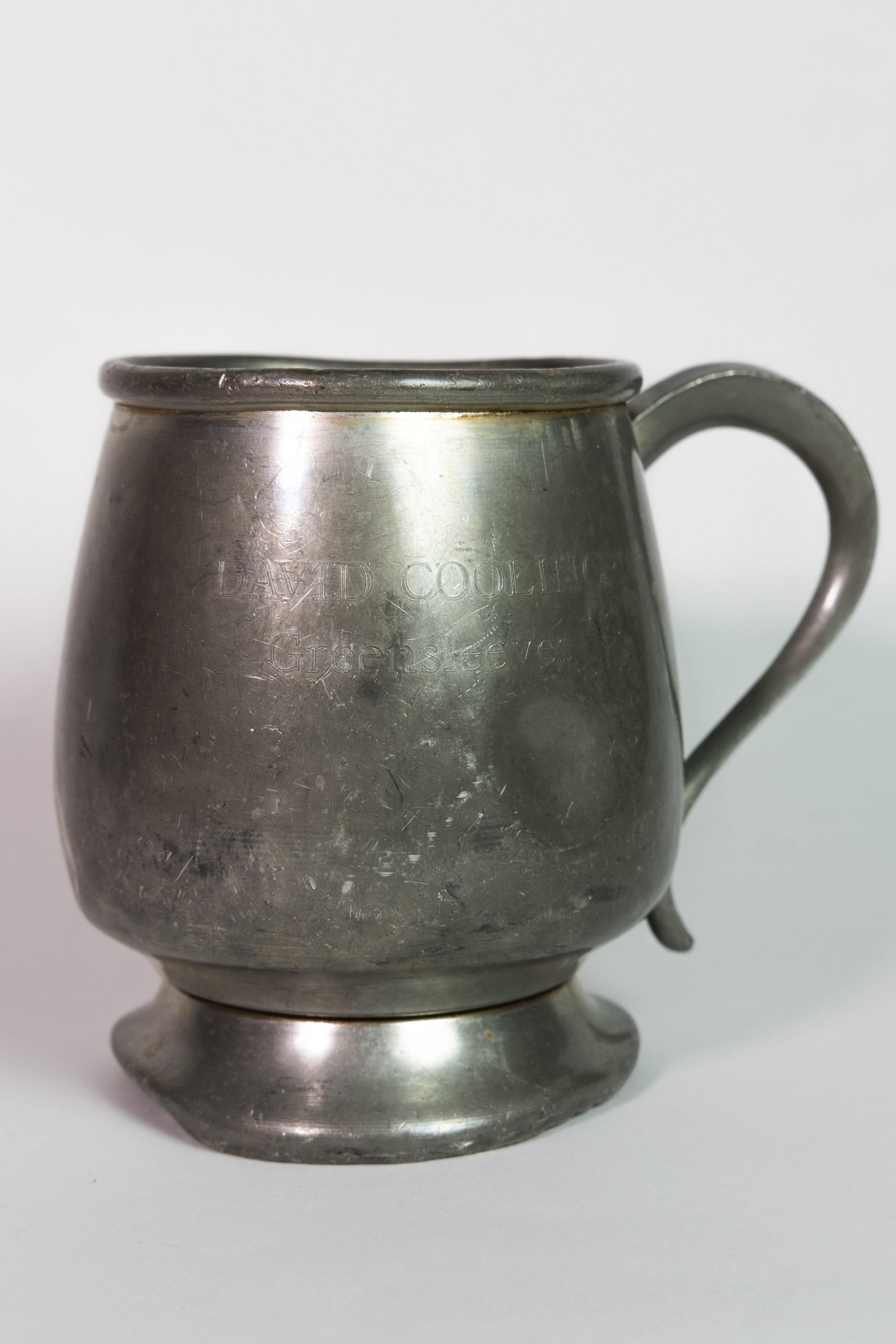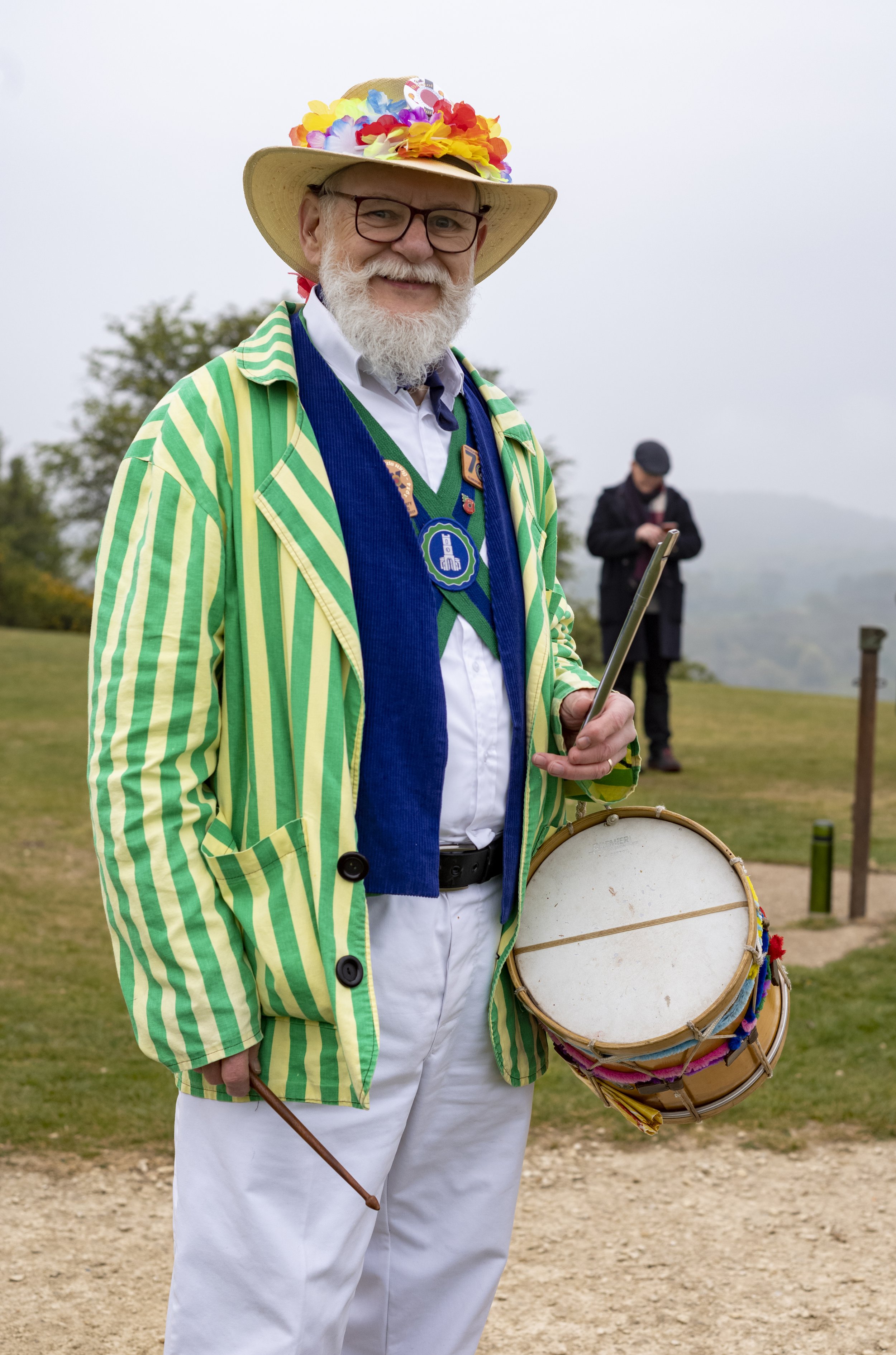Whitchurch Morris Side
Morris Dancing dates back further than most people realise, with records of it as early as 1448. With connections to the village fete not long after as referenced by Shakespeare in saying “as fit as…a morris for May Day" in the play All's Well that Ends Well. During the end of the 20th Century popularity has wavered and what at once time was a very familiar British custom, has now become something more obscure.
“The majority of Morris clubs dancing today are 'revival' clubs, formed after the early collectors had done their work. They meet regularly for practice and to give public shows, unlike the old sides that would often meet and dance for a short period each year. A side will have a Squire or Captain, a Bagman or Secretary, and often a Foreman responsible for teaching the dances. Each side will have its own costume derived from traditional forms, with perhaps a symbol or badge having some civic or territorial association. Many sides have a Fool and/or an Animal to amuse the audience. In the old sides the Fool was sometimes the Squire, as it was said that he had to be the best dancer” (Garland, M).
Some sides have sustained a strong membership while others have all but disappeared completely, however most continue, with perhaps smaller membership than they once had, the smaller numbers often caused by a lack of new, younger dancers. One such Side is Whitchurch Morris.
Founded in 1948 at Queen's Park School (now the Queens Park Art Centre), Aylesbury, on 5th November 1948, the “Whitchurch Six” were joined by Jack Newton with his wife at the piano and Lionel Bacon as instructor (Bacon is the writer behind one of the key collections of Morris dances and used widely across the UK). Jack later became the fiddler of the Side. The first Whitchurch day of dance was Saturday 8th July, 1950 when they were joined by Morris Sides from the wider area. They danced all day round the villages north of Aylesbury, ending up with a massed show in the upper half of the Market Square in Aylesbury, an estimated 400 people watched this show. In their history logs it says "the cobbles were not ideal", over the years the Whitchurch men have got used to them, and still continue to make this the main show of the day and a big part of their calendar.
Currently, most of the 24 regular members come from around Aylesbury and as widely as the Buckinghamshire/Oxfordshire border but an extended membership has members in West Wales, Somerset, Cumbria and even Scotland who will join in when within the area Membership including these wider ranging members, and those who have retired from active participation comes to a total of 38. Whitchurch Morris is now a (gender) mixed side having progressed in September 2018.
Collectively the average age is 63.4 in 2022 based on a survey of all willing members (12 results of 38), the youngest response is 33, and the eldest is between 75 and 80 – for the benefit of this calculation, I have used an age of 75. 58.3% of the members are retired, but 50% been part of the Side for over 30 years, and the last of those retirees has danced for over 20 years. The range of careers represented in the side covers healthcare, education, retail, computing, construction and engineering, and agriculture. However at one time when the side was larger, one member tells me that “everyone needed to build a house was a part of the side” He then goes on to list examples including: electricians, plumbers, and bricklayers. This diversity of backgrounds, and range of ages leads to speculation and curiosity on what is the commonality between them?
In my conversations with various members at rehearsals and the visits to the local pub, The Half Moon afterwards, I have been given reasons given for being involved with Morris have included suggestions of a need to escape from other pressures – both work and home. Due to the complexity of steps, and the pace and energy of the dances, members of the side need to concentrate fully; the background thoughts of a bad day in an office or worries over finances or other personal pressures are silenced for that time. When asking these questions of some of the newest members, who have been dancing for less than a year, they have come to this for these reasons, but also in response to the Covid-19 Pandemic and the isolation and decrease in personal fitness that occurred in the lockdowns.
However, in responses to the survey deeper reasoning starts to become apparent. The importance of a community, sustaining a tradition, an opportunity to socialise, and its relationship to their home location, become factors. The experiences within someone’s childhood has also proven to be a factor, with one of the long-time members’ own son is now a key member of the Side, in the roll of both dancer and musician, and 33.3% of those who responded to the survey have cited that their upbringing is part of their reasoning to why they Morris Dance. Some have encountered the idea of Morris Dancing as a child, and had a curiosity that has led to joining a side in adulthood, another; one of the newest members has now started to bring their daughter to rehearsals, introducing the tradition to a new generation. These examples show an indigenous sustainability of the Morris community, this side, and the wider tradition.
One of the factors that has limited the exposure and support of the tradition, has been the collapse of so many pubs – particularly Free-houses over recent years; according to a report in the House of Commons Library, “From 2000 to 2019, pub numbers have declined by 13,600, or 22%. More recently, 2010 to 2020 saw pub numbers fall by 15%”*. These are the common performance spaces in the summers along with county fairs and fates. The decrease in pubs caused by higher costs compared to supermarkets, and pubs shifting their focus more to food than communal drinking places, has caused a decrease in the numbers of people seeing Morris dance, being aware of it within their wider community, and in regards to younger audiences and their important role in sustaining the tradition in the coming years, even know of its existence.
References
Foley, N., 2021. Pub Statistics. House of Commons Library, 8591.
Garland, M., About Morris | The Morris Ring. [online]
Statistics (based on 12 responses) of Whitchurch Morris Demographic, April 2022

